VINCENT VAN GOGH (1853-1890)

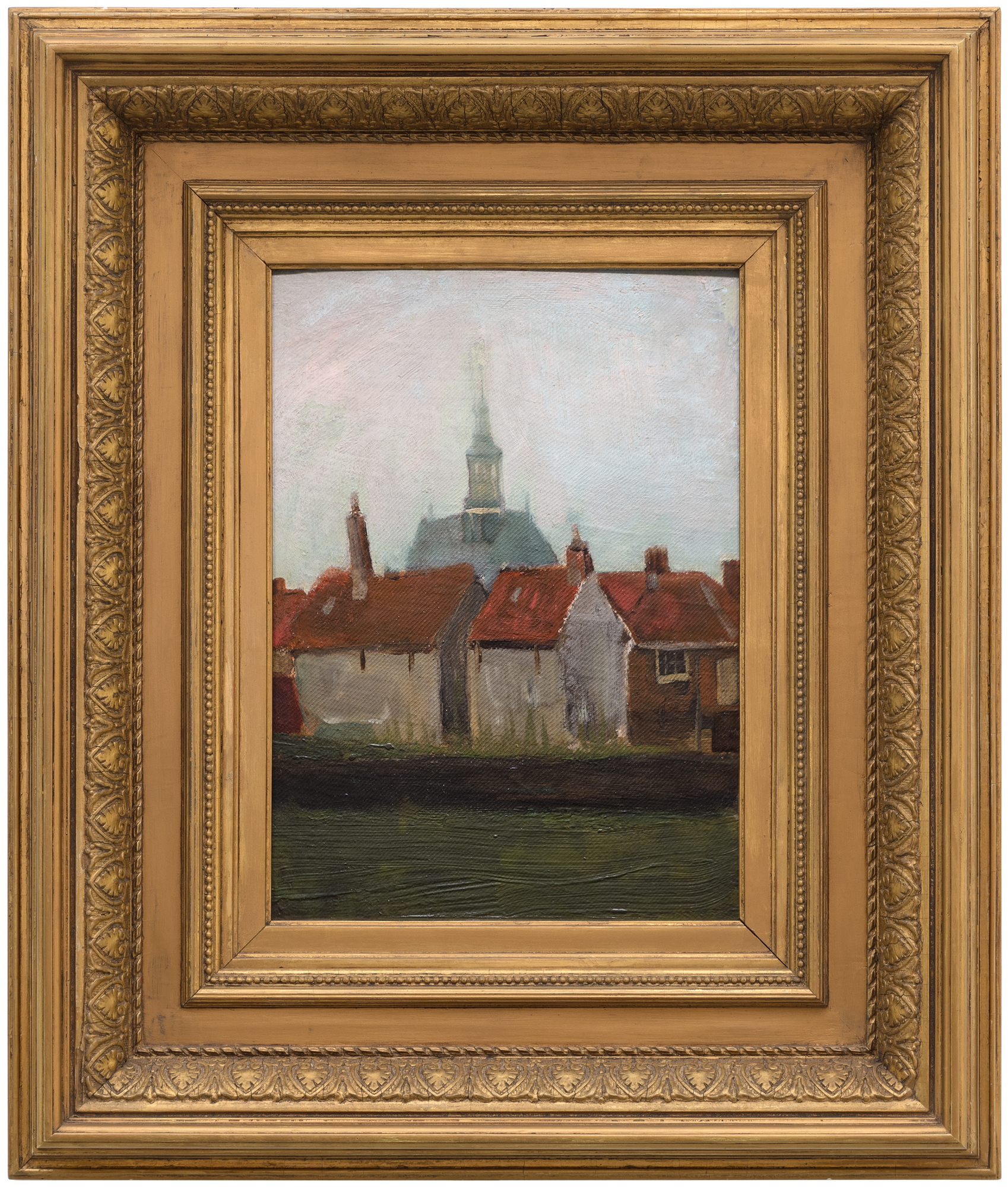
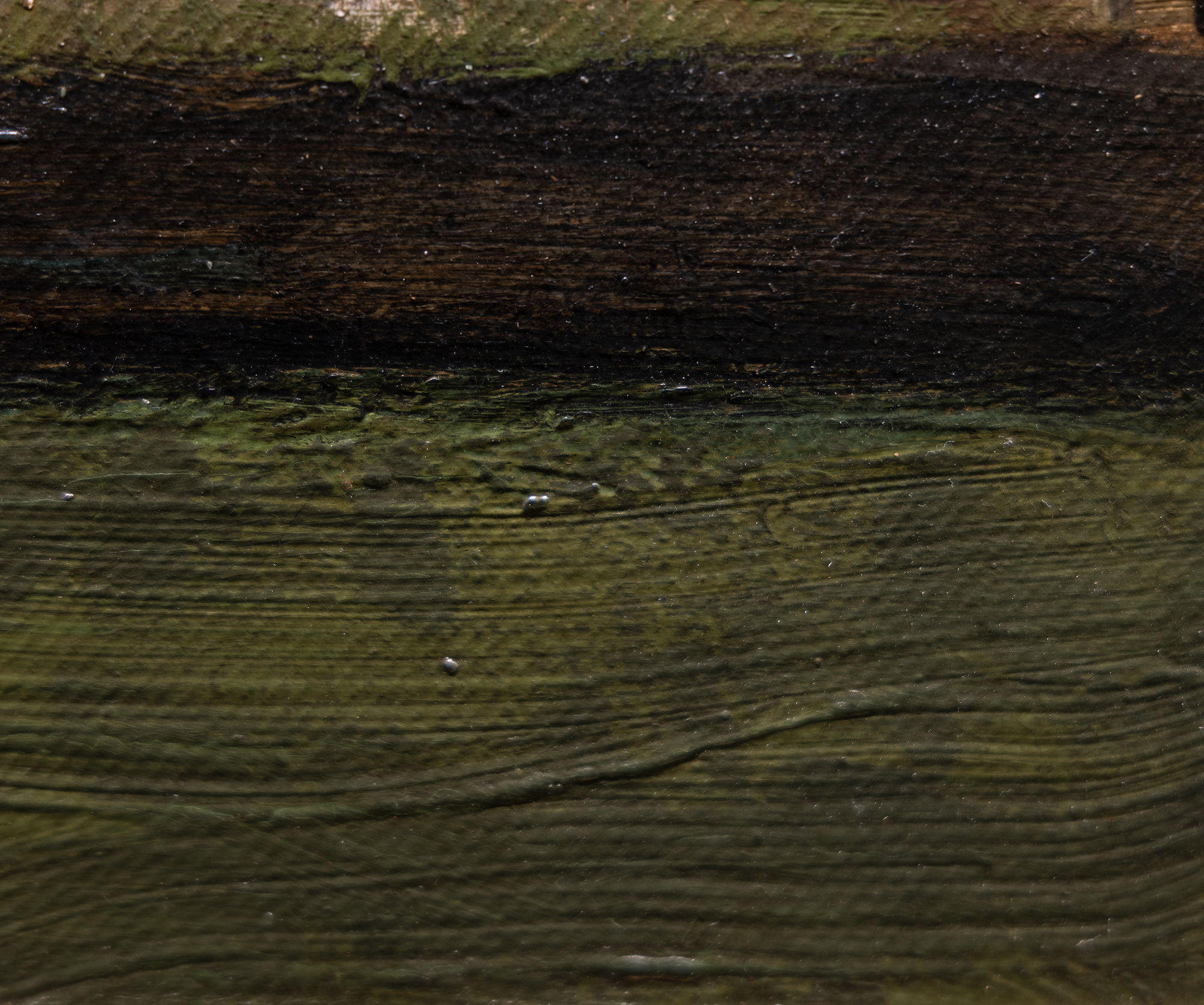
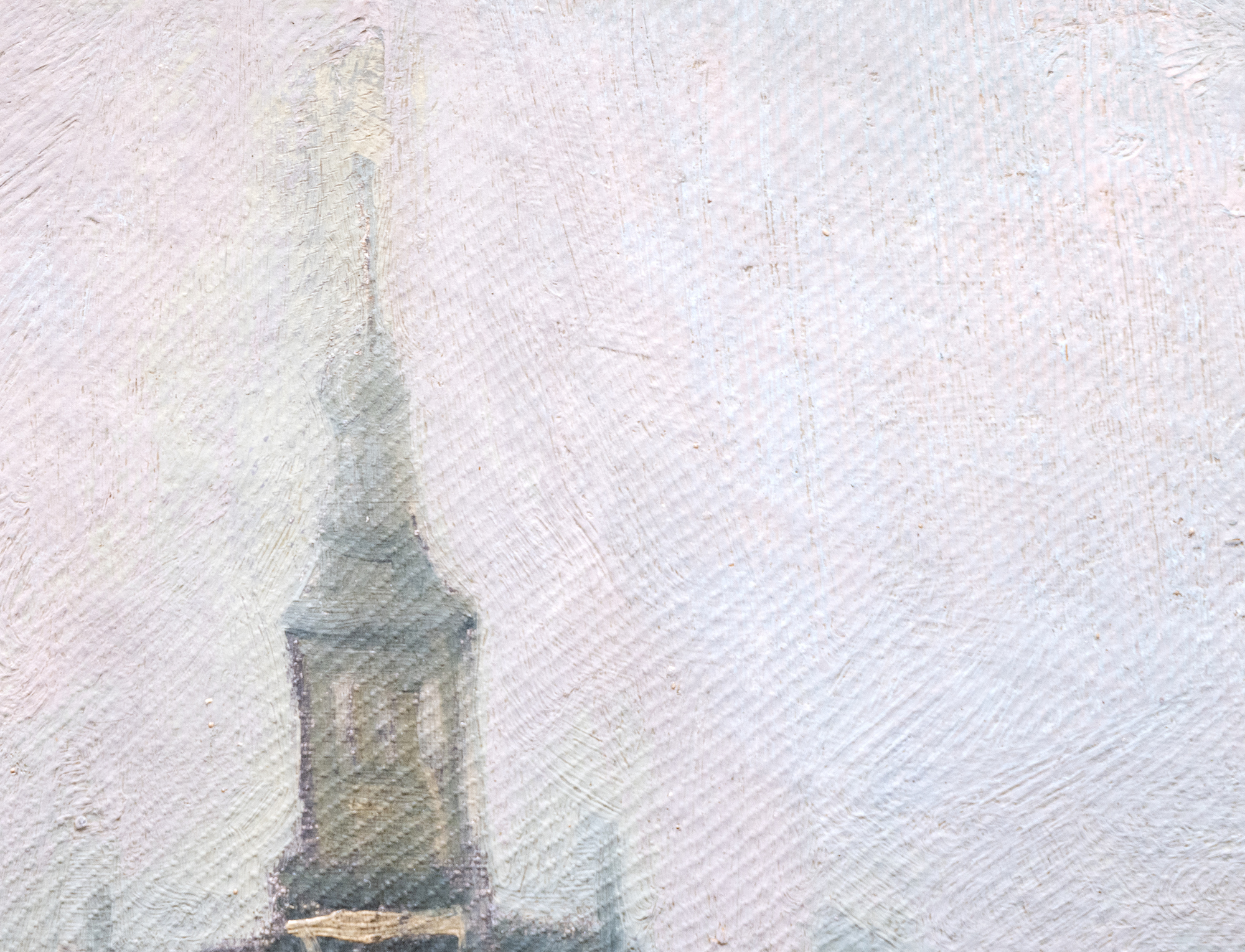
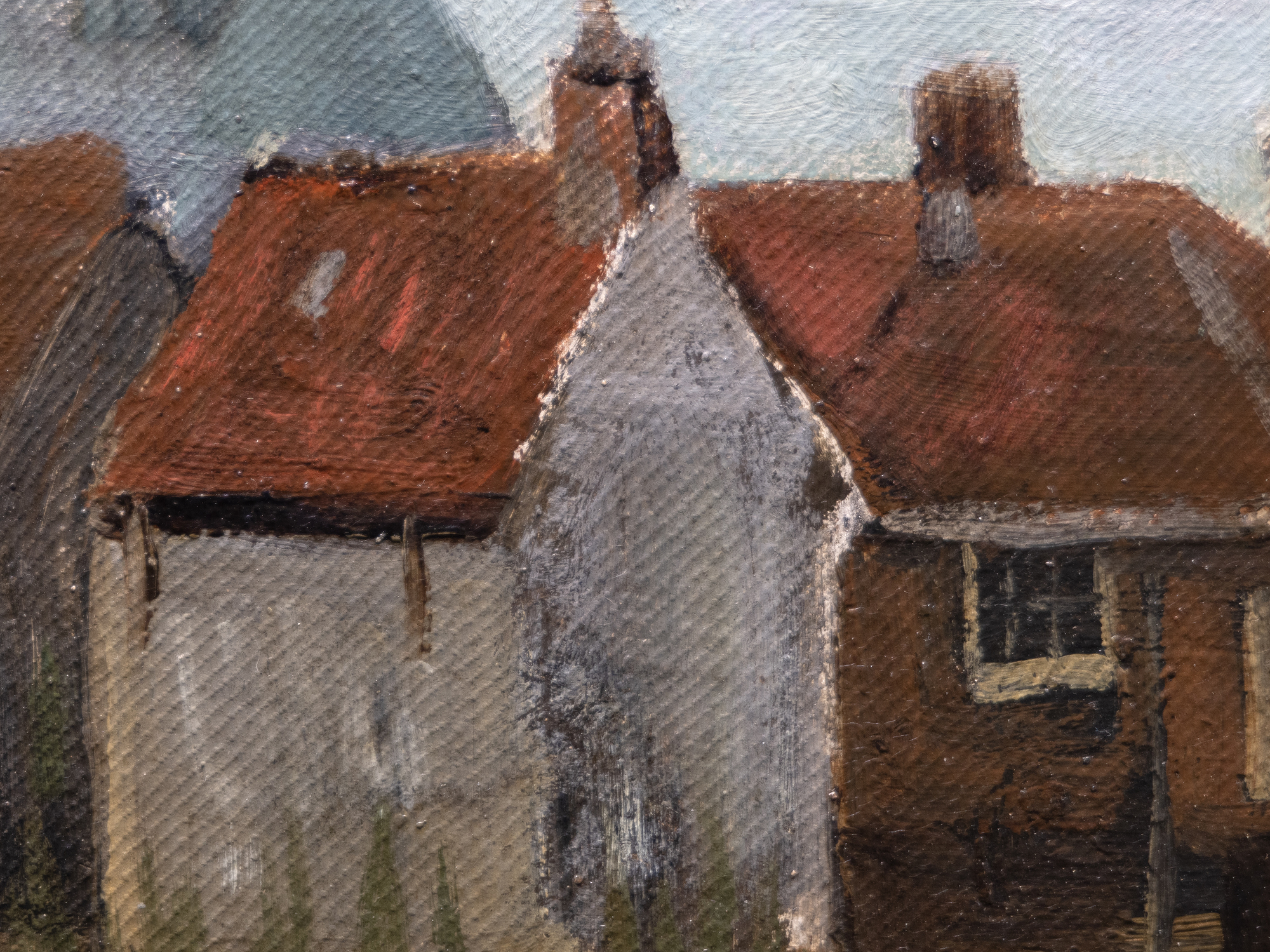
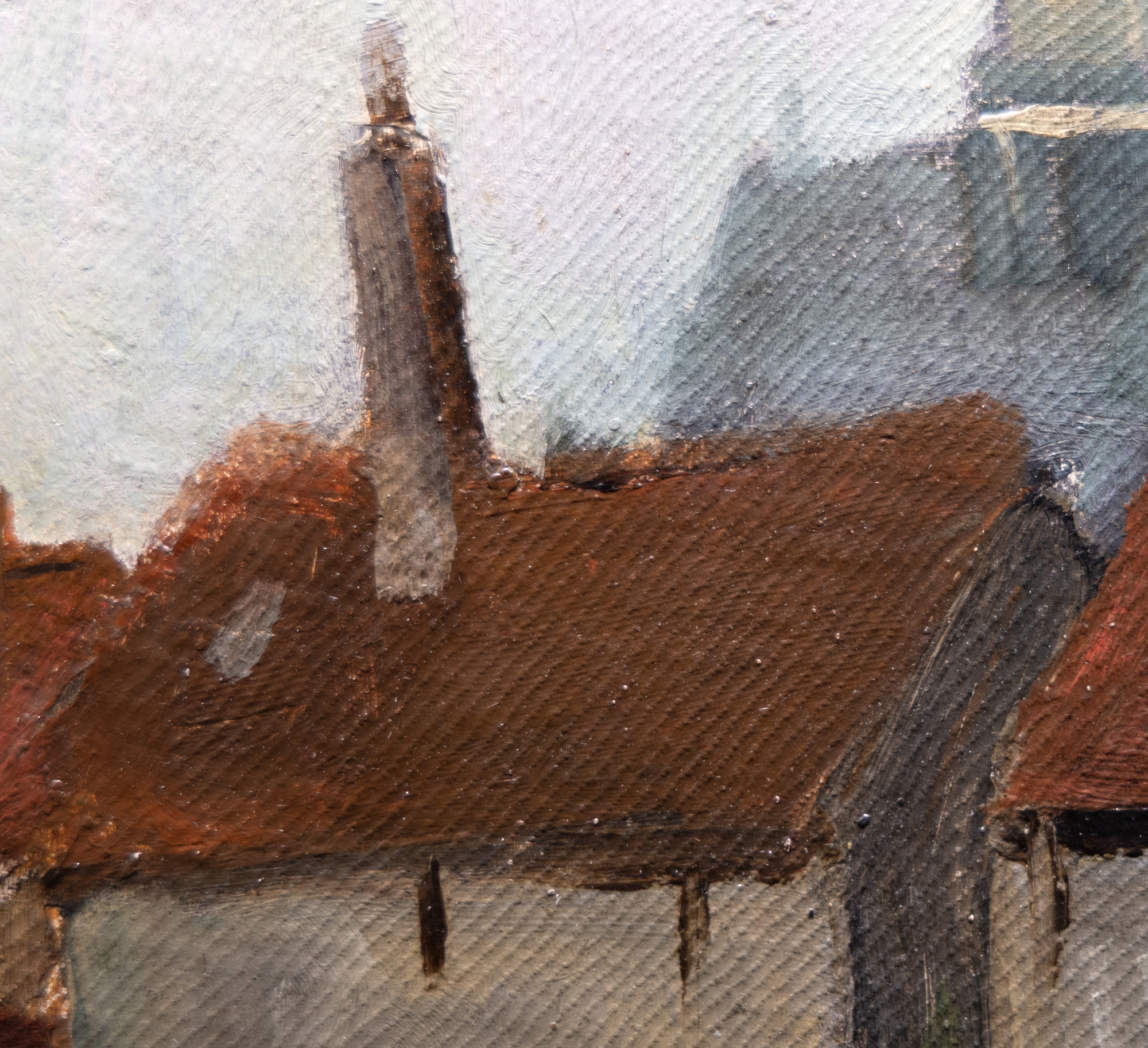
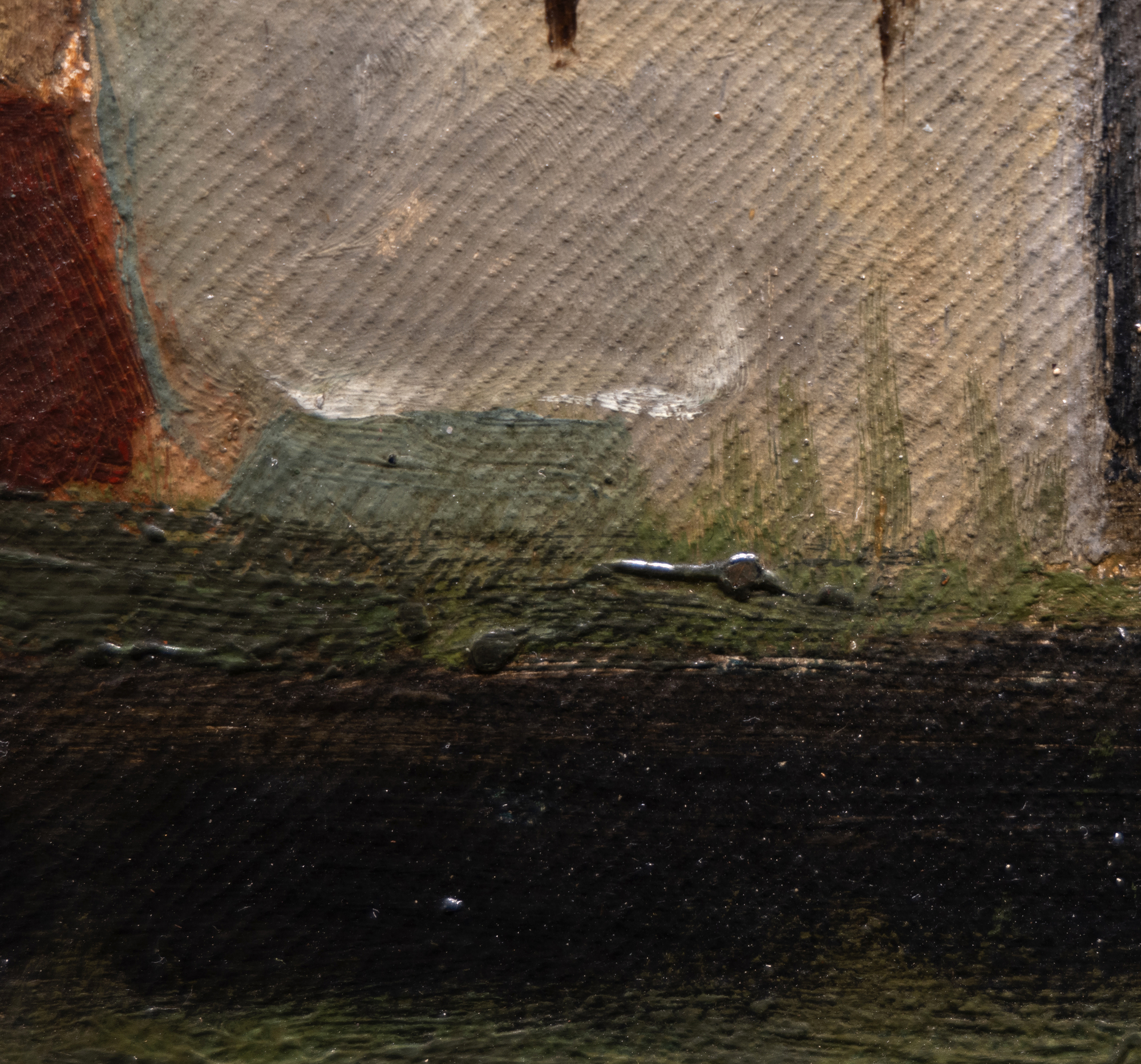
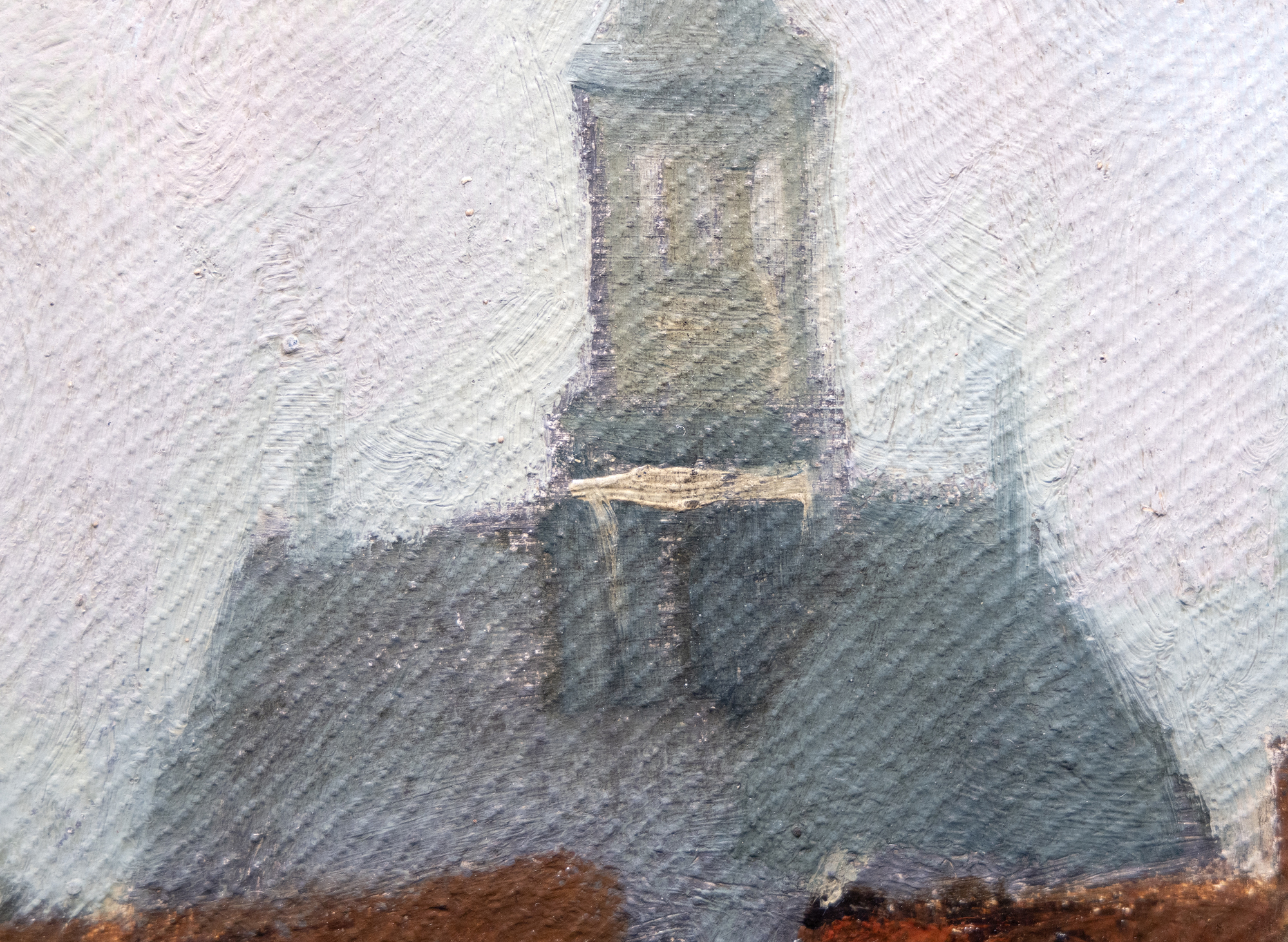
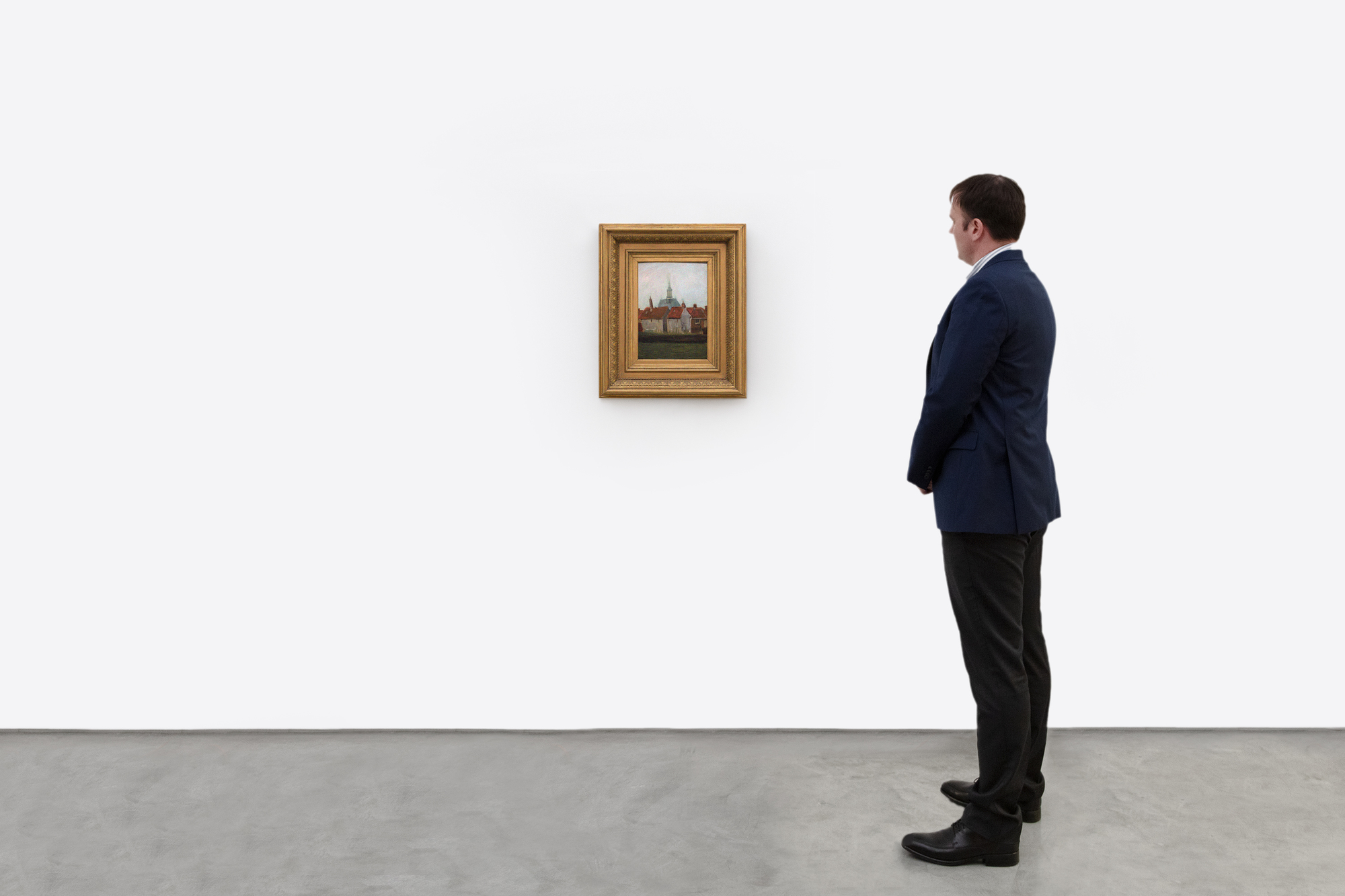
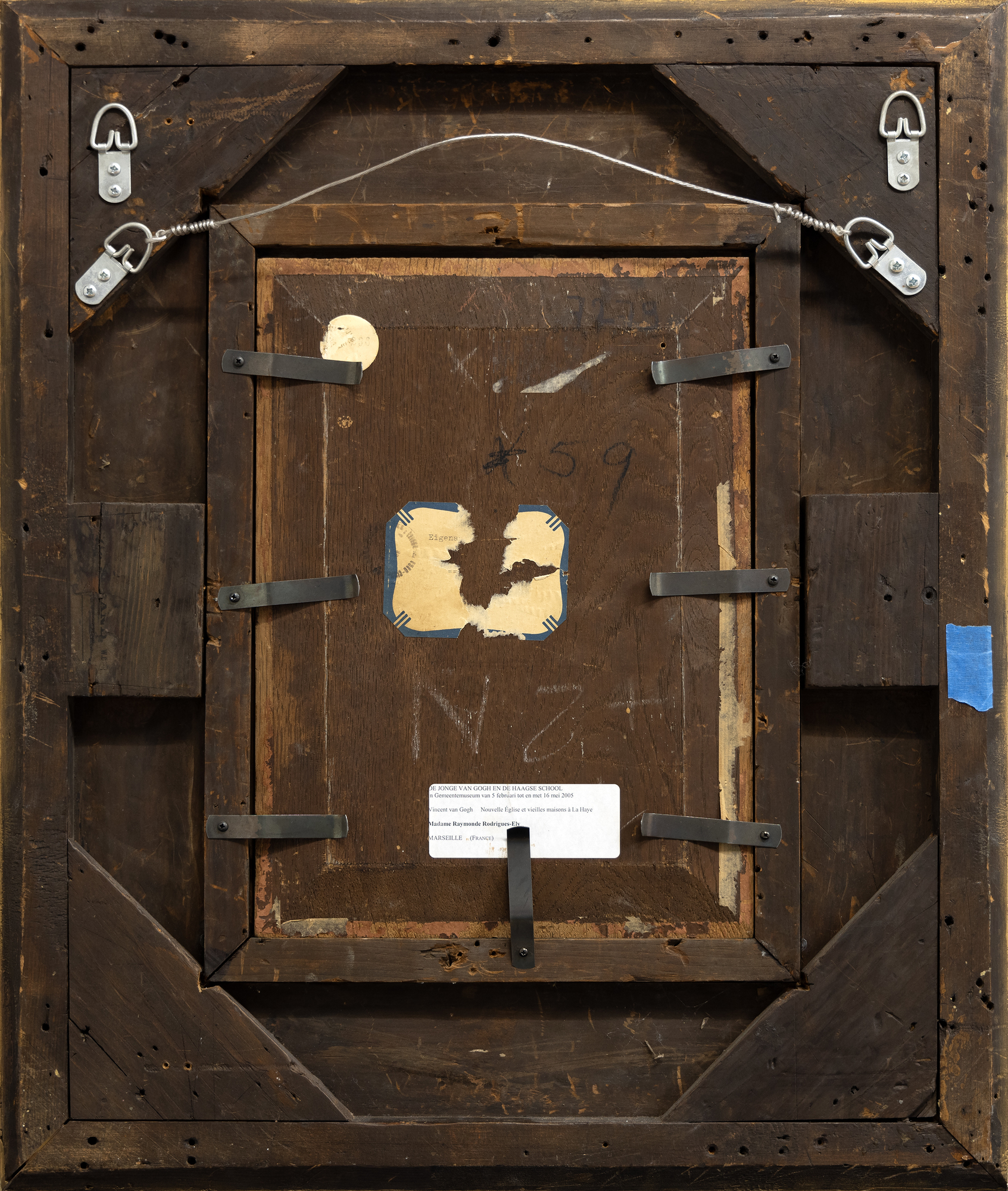
Provenance
Oldenzeel, RotterdamJan Smit, Alblasserdam, 1905
A Mak Auction, Amsterdam, February 10, 1919
L.J. Smit, Kinderdijk
Parke-Bernet Auction, New York, November 20, 1968
Palais Galliera Auction, Paris, July 22, 1970
Private Collection, France
Thence by descent
Private Collection, Netherlands
Taglialatella Galleries, Palm Beach, Florida
Private Collection, acquired from the above
Exhibition
Rotterdam, Oldenzeel Art Gallery, August 1903Rotterdam, Oldenzeel Art Gallery, November 10 - December 15, 19...More...04
Rotterdam, Oldenzeel Art Gallery, 1905
Paris, Musee Jacquemart-Andre, Vincent van Gogh, 1853 - 1890, February - May, 1960
The Hague, Gemeentemuseum, De Haagse School en de jonge Van Gogh, February 5 - May 16, 2005
Literature
de la Faille, J.-B., (1939), Vincent van Gogh, New York, no. 228 (illustrated)de la Faille, J.-B., (1970), The Works of Vincent van Gogh: His paintings and drawings, revised, augmented, and annotated edition, Amsterdam, p. 48, no. 204 (illustrated)
Hulsker, J., (1996), The New Complete Van Gogh: Paintings, Drawings, Sketches, J.M. Meulenhoff
Hulsker, J., (1977), The Complete van Gogh: paintings, drawings, sketches, H.N. Abrams, no. 190, p. 52 (illustrated)
Lecaldano, P., (1971), L'opera pittorica completa di van gogh e i suoi nessi grafici (Prima edizione), Rizzoli Editore, p. 48, no. 3
Mast, M., van der Dumas, C., & Haags Historisch Museum, (1990), van Gogh en Den Haag. Waanders, p. 55-56
Musée Jacquemart-André, (1960), Vincent van Gogh, 1853 - 1890, Paris. no. 20
Testori, G. & Arrigoni, L., (1990), van Gogh: catalogo completo dei dipinti, Cantini. p 18, no. 13 (illustrated)
Tralbaut, M. E., (1948), Vincent van Gogh in zjjn Antwerpsche periode, Amsterdam. pp. 188 - 191, no. 2 (pl. XII)
Walther, I.F. & Metzger, R., (1989), Vincent van Gogh, Cologne. p. 22 (illustrated)
...LESS...
History
All of Vincent van Gogh’s artworks are the product of an intensely visceral response to the natural world. His letters, paintings, and the accounts of the many contemporaries who knew him convey the intensity of his vision and force of will. In that sense, whether we consider a painting of The Hague, Paris, Arles, or Auvers-sur-Oise periods, that relentless Vincent is always behind its making. Incredibly productive and advanced in his ability to assimilate new potentialities, the intervals between breakthroughs or turning points in Van Gogh’s arduous journey were compressed into an unbelievably short timeline. Despite working from age 27 until his demise ten years later, he produced more than 900 paintings and many more drawings. That data and numbers equate to creating an artwork every 36 hours. Whatever his faults and attributes, painful and tragic, at every touchpoint of his career, he was running on creative cinders from a fully stoked, raging furnace forged by a transcendent will and independent spirit. The New Church and Old Houses in The Hague is one of his earliest oils and, in the spirit of that awareness, a necessary precursor, if not an essential waypoint along his arduous journey.
When Vincent van Gogh arrived unexpectedly at the home of his cousin-in-law, Anton Mauve, on November 27, 1881, it was as much a surprise to Mauve as it was to Van Gogh’s brother Theo. For his part, Mauve, a prominent realist painter associated with the Hague School, was more gracious than Vincent had any right to expect. He took the young Vincent under his wing and, with all due haste, “installed (Vincent) in front of a still life consisting of a couple of old clogs and other objects.” He then set the newcomer to gaining likenesses from a model, to which Vincent gushed, “How marvelous watercolor is for expressing space and airiness, allowing the figure to be part of the atmosphere and life to enter it!”
Courtesy of Mauve’s generous loan, by early January, Vincent had his studio. “Drawing is becoming more and more of a passion…Mauve has shown me a new way to make something, namely watercolors. Well, now I’m immersed in that. I’m daubing and washing out, in short, seeking and striving. One must make desperate attempts because there is something diabolical about executing a watercolor.” In addition to a couple of small watercolors, Vincent started a large one that “did not automatically go so well and easily straightaway.” But it seems the rest of January would be devoted entirely to working with watercolor only — mainly in the service of achieving a reasonable facsimile of any model he could afford to hire.
Notwithstanding Vincent’s highly motivated desire to ‘get on with it’ and despite severe financial distress and strained familial relations, progress was almost immediate under Mauve’s direction. Vincent’s draftsmanship could be frighteningly uneven at this stage of his development. Still, in light of the modest compositional demands of The New Church and Old Houses in The Hague, as a study in color, it is most impressive, a direct and honest work unburdened by any overzealous attention to detail. Its handling reflects the encouragement Mauve gave him to concentrate on watercolor, while its tonal nature captures the distinctive muted palette and suffused light of a bona fide Hague School painter in oil. Rather than depict the elegant districts of The Hague, his contemporaries portrayed to optimize salability, Van Gogh chose to paint the city from the periphery where the clash of class and era better represented the realities of life. The recognizable features of Nieuwe Kerk (New Church), enveloped in a “fragrant, warm gray” mist, rise above the red-roofed working-class neighborhood. Theo would later mercilessly encourage his brother to lay aside the bitumen and the impulse to mix the cobalt blue, carmine red, cadmium yellow, and emerald green into sooty browns and drab grays as Anton Mauve had taught him. But that was to come. For now, he had yet to see an Impressionist painting and could not conceptualize it. Later, in June 1884, he mused to Theo, “From what you said about ‘Impressionism,’ I’ve grasped that it’s something different from what I thought it was, but it’s still unclear to me what one should understand by it.”
The date of The New Church and Old Houses in The Hague is most often stated as August 1882. In a letter to Theo dated July 26, 1882, Vincent says, “I hope you like the drawing. The vista — the view over the village’s roofs with a small church tower and the dunes — was so attractive. I can’t tell you how much pleasure I felt drawing it.” The following month, in early August, Theo arrived with much-admired presents: drawing paper and crayons from Paris, as well as extra money, which Vincent used to buy a new paint box, palette, brushes, and dozens of newly invented tin tubes of oil paint. It is then that Vincent plunged headlong into the new medium.
MARKET INSIGHTS
- Paintings by Vincent van Gogh have experienced a 12% compound annual growth rate.
- In his short decade as an artist, Van Gogh created about 900 works, many of which are held in promised private collections and important public institutions, leaving very few Van Gogh paintings to find their way to the public market.
- Van Gogh’s record at auction was set recently, when Verger avec cyprès sold for $117,180,000 USD as part of the Paul Allen collection in November 2022.












































